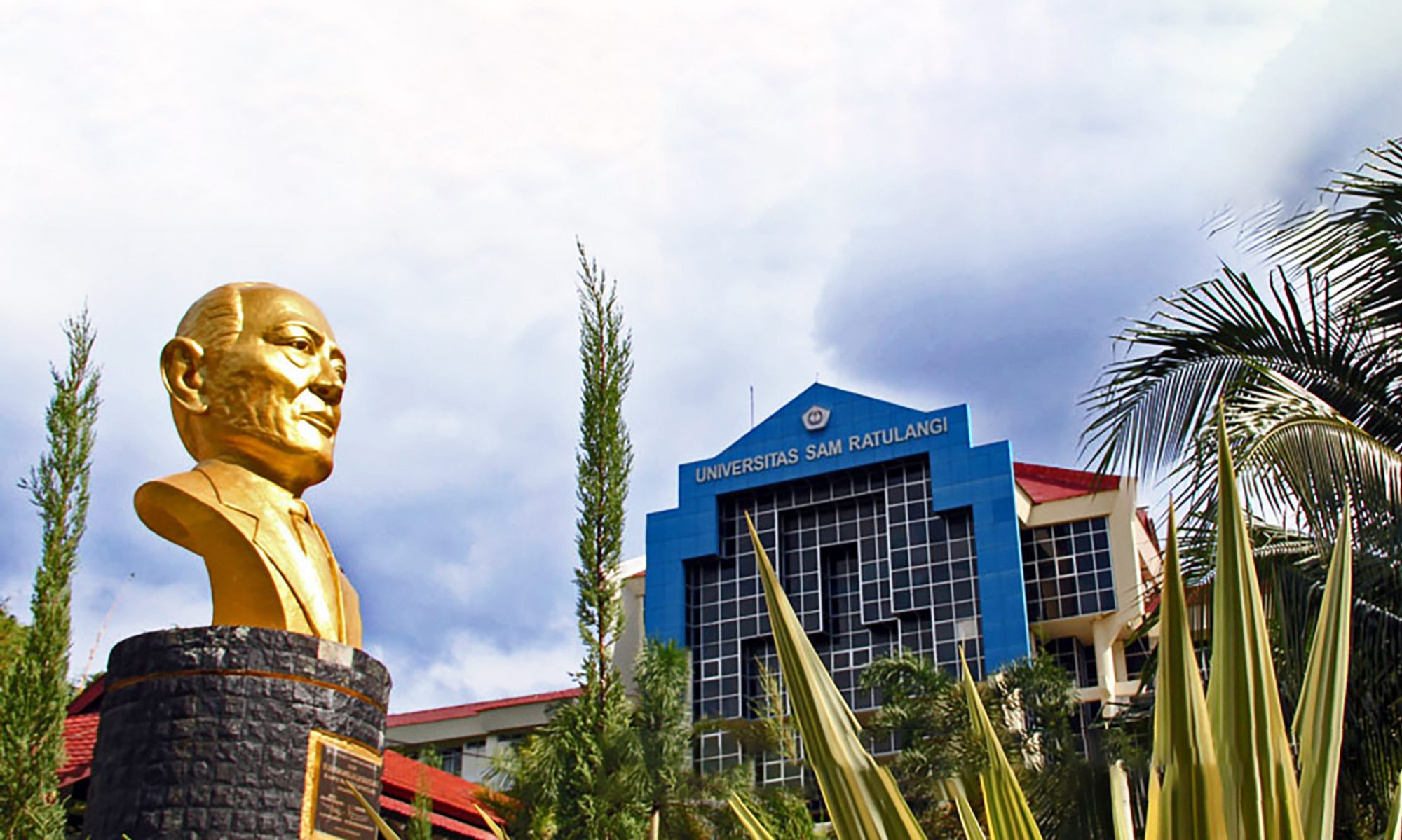Field Course on “Bio-ecology of Tropical Waters”
Call for Participants
“Sea snake of North Sulawesi”
(July 17 – 26, 2017)
Lecturer:
Dr. Arne Redsted Rasmussen, School of Conservation, Copenhagen, Denmark
Sea snakes are a diverse group of snakes that have adapted to live in seawater. The snakes can be separated into two independent evolved groups: The Sea Kraits (Laticauda) and the true sea snakes (all the other sea snakes). The last group is separated into two distinct taxa: The Aipysurus group which has 10 species and the Hydrophis group which have approximately 55 species. The sea snakes have adapted to a wide variety of habitats from coral reefs to muddy mangrove areas or up rivers in fresh water. They are distributed in subtropical and tropical waters from East coast in Africa in West to the Mexican gulf in East. Nearly all species are restricted to low water less than 200 m deep. A single species is pelagic and is also found far from the coast in the Indian and Pacific Ocean. The course will be on the biology of sea snakes and include following subjects:
The evolution and taxonomy of sea snakes: We will go through the taxonomic history of sea snakesand look at the evolution of the many species. We will also discuss the species concept used to separate closely related species. DNA and morphological characters used in the phylogeny will also be discussed together with the available identification keys for sea snakes.
Morphological adaptation to water: Sea snakes represent millions of year’s adaptation to a life in water. The flat tail, oxygen uptake through the skin, salt gland, the retina and many more morphological specializations for life in water will be presented during the course.
Ecology and feeding: The many sea snake species described occupies a wide range of ecological habitats as coral reefs, sand bottoms, muddy bottoms, mangroves, freshwaters (lakes), and river mouths. Sea snake assemblages comprise typical one or two dietary generalists and up to 8-10 specialists including egg-eaters and predators on catfishes, frogfishes, gobies, or crevice-sheltering reef fish as ells. All the habitats occupied by sea snakes will be presented together with the feeding biology of sea snakes.
Behaviour and venom: Sea snakes belong to some of the most poisons animals in the world and a bite could be very dangerous. The behaviour and the venom will be discussed and how to handle bite using first aid kits will also be presented.
Fieldwork: We will plan an expedition and methods and material needed during the fieldwork will be presented. The course will last 10 days and the last three days will be in the field where we will catch and identify the local sea snakes and learn how to collect scientific data in the field.


